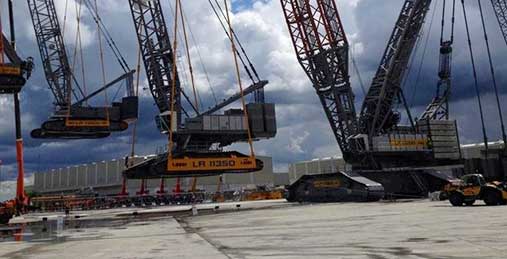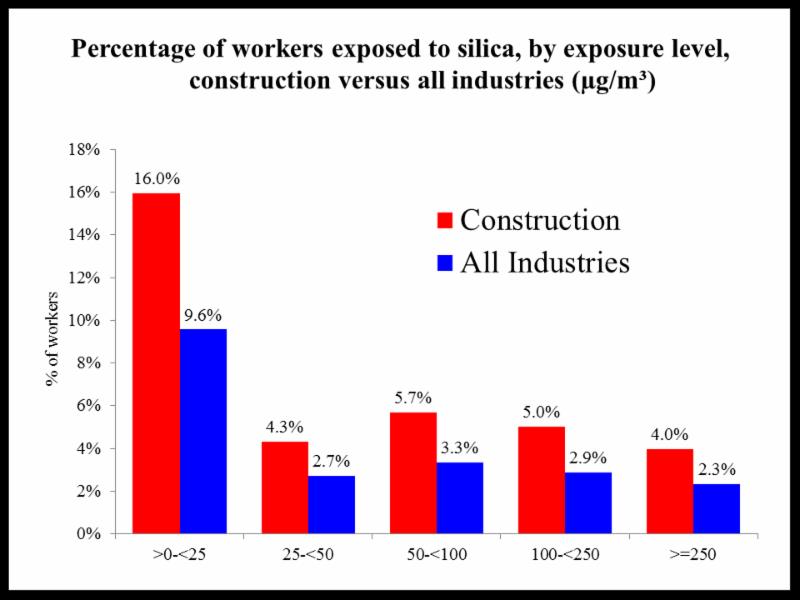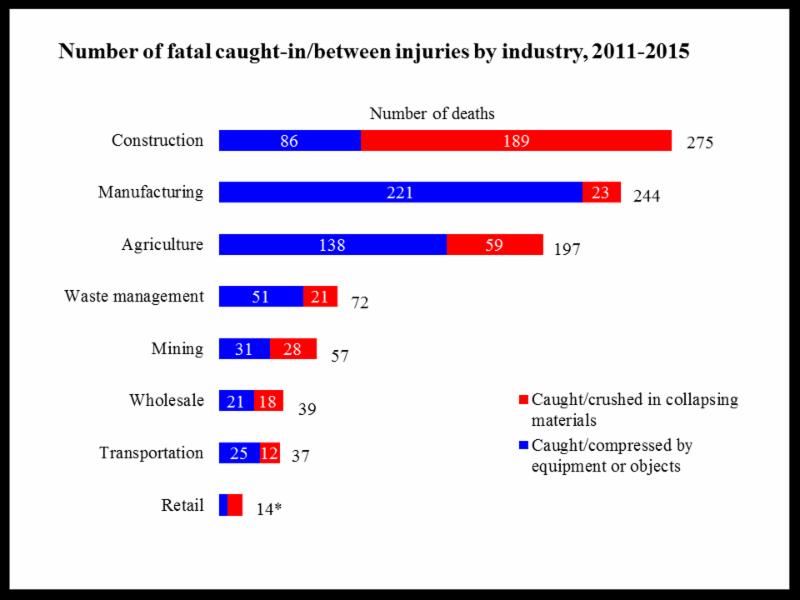Summer is here, and millions of construction workers will be spending long work days exposed to the sun’s ultraviolet rays, putting them at elevated risk for skin cancer. The good news is that skin cancer is preventable, and treatable if caught early. CPWR’s new Hazard Alert card explains how construction workers can protect themselves, and how to identify the signs of skin cancer. Copies are available for download in English and Spanish, or contact CPWR to order hard copies of the English pocket-size card.
The Construction Chart Book 6th Edition Now Available
The sixth edition of “The Construction Chart Book: The U.S. Construction Industry and Its Workers” has been released. This Center for Construction Research and Training mainstay, with its extensive statistical portrait of the construction industry, has become an essential reference for all construction stakeholders, such as policymakers, researchers, contractors, labor unions and management, construction workers, safety professionals, trainers and reporters. Take a look inside the new Chart Book and you will learn that: Construction unemployment dropped from a peak of 27.1 percent in February 2010 to 7.5 percent by the end of 2015 (page 20). There were 144,583 active apprentices … Read more
CPWR Quarterly Data Report Examines Caught-In/Between Injuries, Prevention
Caught-in/between hazards are among OSHA’s Focus Four causes of occupational fatalities in the construction industry. This category includes workers killed when trenches, walls, equipment or materials collapse, as well as people pinched/compressed between objects and equipment or caught in moving machinery. A new CPWR Quarterly Data Report, Caught-in/between Injuries and Prevention in the Construction Industry, examines fatality and injury statistics from 2003 to 2015. Key findings include: From 2011 to 2015, 275 construction workers died from caught-in/between injuries, more than any other major industry In 2015, 68 construction workers were killed due to caught-in/between injuries, a 33 percent increase from … Read more
The National Campaign to Prevent Falls in Construction: March 21 Webinar
Falls are the top cause of construction fatalities and account for one-third of on-the-job injuries and deaths in the industry. In 2012, CPWR, NIOSH and OSHA together launched a national construction fall prevention campaign. An hour-long webinar scheduled for March 21 will bring together leaders from all three organizations to showcase the past successes of the campaign and its major event, the National Safety Stand-Down, as well as to highlight plans for 2018. This year’s Stand-Down is scheduled for May 7-11. Webinar time: 2 p.m. ET (60 minutes) Webinar date: March 21 Presented by: Chris Trahan Cain, executive director, The … Read more
Latest Study Reveals New Arsenal of Tools to Help Increase Construction Safety
A new study from Dodge Data & Analytics reveals the engagement with and impact of two critical trends for improving construction safety—technologies used on jobsites, and the practice of Prevention through Design. The study, conducted in partnership with the Center for Construction Research and Training and United Rentals and published in the Safety Management in the Construction Industry 2017 SmartMarket Report, is the third in a series of studies that demonstrate the financial and project benefits that contractors reap from their safety investments. It also shows the impact that new technologies being deployed onsite, from Building Information Modeling to drones … Read more












 Join our thriving community of 70,000+ superintendents and trade professionals on LinkedIn!
Join our thriving community of 70,000+ superintendents and trade professionals on LinkedIn! Search our job board for your next opportunity, or post an opening within your company.
Search our job board for your next opportunity, or post an opening within your company. Subscribe to our monthly
Construction Superintendent eNewsletter and stay current.
Subscribe to our monthly
Construction Superintendent eNewsletter and stay current.